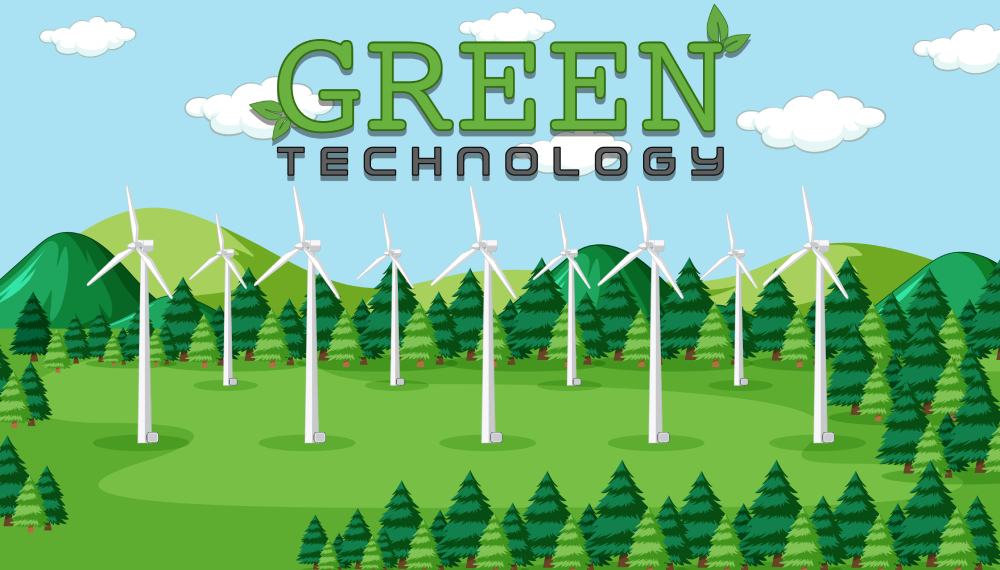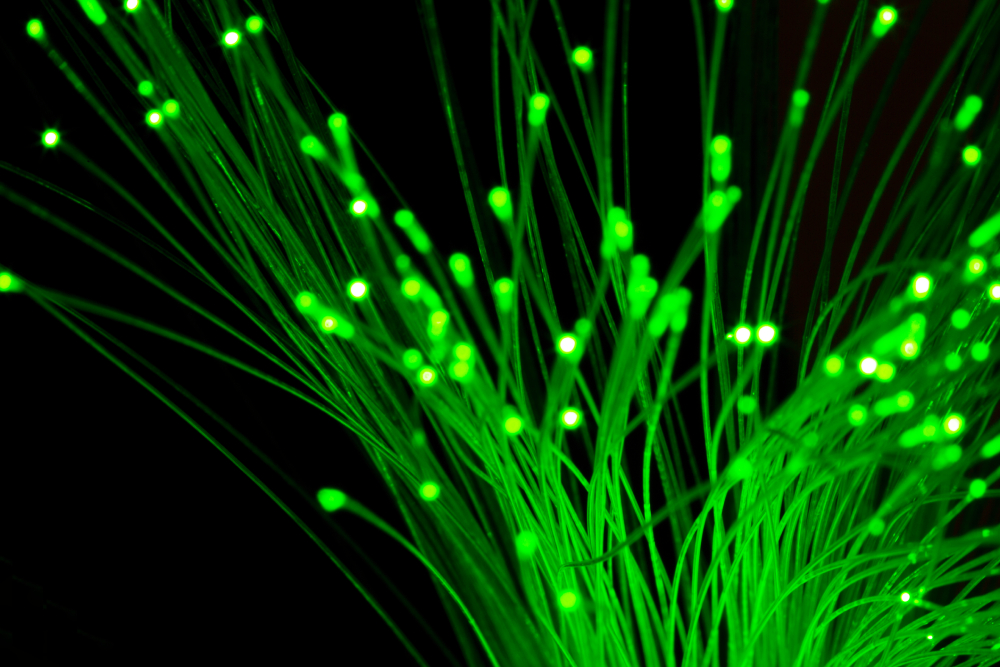Revolutionizing Sustainability: Latest Breakthroughs in Green Technology

In an era where climate consciousness is paramount, green technology stands as a beacon of hope. This field, also known as eco-friendly technology, is critical in combating climate change, enhancing energy efficiency, and promoting sustainable development. This article explores the latest advancements in green technology and examines how these innovations are paving the way for a more sustainable future.
What is Green Technology?
Green technology encompasses a wide range of innovations aimed at reducing environmental impact, optimizing resource use, and advancing renewable energy solutions. This includes everything from solar energy systems and electric vehicles to eco-friendly agricultural practices. The goal is to address environmental challenges while also delivering economic benefits.
Cutting-Edge Innovations in Solar Energy
Solar energy remains a leading renewable resource, with recent technological advances significantly boosting its efficiency and accessibility. Key developments in this area include:
Enhanced Solar Cells
Recent innovations in solar cell technology have greatly improved their efficiency. Perovskite solar cells, for example, offer reduced costs and improved performance, making solar energy more accessible to consumers.
Flexible Solar Panels
The latest solar panels are not only more efficient but also flexible and lightweight. This advancement allows solar technology to be integrated into a variety of surfaces, including clothing and portable devices.
Advanced Solar Storage
Traditional lithium-ion batteries used for solar energy storage are being complemented by solid-state batteries. These offer increased durability and safety, addressing some of the limitations of current storage solutions.
Advances in Wind Power Technology
Wind energy continues to evolve with a series of exciting new technologies:
Next-Generation Wind Turbines
Modern wind turbines are more powerful and efficient than ever before. Innovations include vertical wind turbines and compact designs suitable for urban environments.
Offshore Wind Farms
Offshore wind farms, located at sea, are emerging as a potent energy source. They offer significant energy generation potential with minimal land disruption. New technologies are improving the design and installation efficiency of these farms.
Eco-Friendly Wind Turbines
The latest wind turbines are designed to be quieter and have a reduced impact on wildlife, making them a more sustainable option for energy production.
The Growing Role of Hydrogen Technology
Hydrogen is becoming a crucial component in the green energy landscape:
Hydrogen Fuel Cells
Used across various sectors from transportation to industrial applications, fuel cells powered by hydrogen enable zero-emission operations and contribute to reduced air pollution.
Green Hydrogen Production
Green hydrogen, produced using renewable energy sources, represents the most environmentally friendly method of hydrogen production, free from harmful greenhouse gas emissions.
Innovations Supporting the Circular Economy
The circular economy aims to minimize waste and conserve resources through recycling and reuse:
Advanced Recycling Technologies
New recycling methods are making plastic waste recycling more efficient, converting it into new products and reducing environmental impact.
Circular Economy Design
Innovations in product design, such as modular designs and sustainable materials, facilitate repair and recycling, extending the lifespan of products.
The Rise of Smart Cities
Smart Cities use technology to enhance urban living and sustainability:
Intelligent Energy Management
Smart grids and energy management systems optimize energy distribution and consumption, leading to significant energy savings.
Sustainable Transportation Solutions
Electric buses, bike-sharing systems, and autonomous vehicles are transforming urban transportation, reducing congestion, and lowering air pollution.
Technological Advances in Agriculture
Sustainable agriculture benefits from the latest technologies:
Precision Farming
Employing drones, satellite imagery, and sensors, precision farming enhances resource management, leading to higher yields and more efficient water and nutrient use.
Vertical Farming
Vertical farming involves growing food on multiple levels within buildings, reducing land use and transportation needs while supporting local food production.
Looking Ahead: Trends and Challenges
Despite these promising advancements, several challenges need to be addressed:
Economic Considerations
The high costs associated with developing and implementing green technologies require collaboration between governments, businesses, and consumers to reduce expenses and maximize benefits.
Integration and Acceptance
Successfully integrating new technologies into existing systems and achieving broad public acceptance is crucial. Education, awareness, and supportive policies play vital roles in this process.
Conclusion
The latest advancements in green technology provide an encouraging vision for a more sustainable future. From breakthroughs in solar and wind energy to innovations in hydrogen technology, the circular economy, and smart cities, the strides made in this field are both remarkable and promising. Ongoing development and the effective implementation of these technologies are crucial for unlocking their full potential and securing a sustainable future for future generations.
For more up-to-date information and insights on these developments, visit getnewupdates.com.












